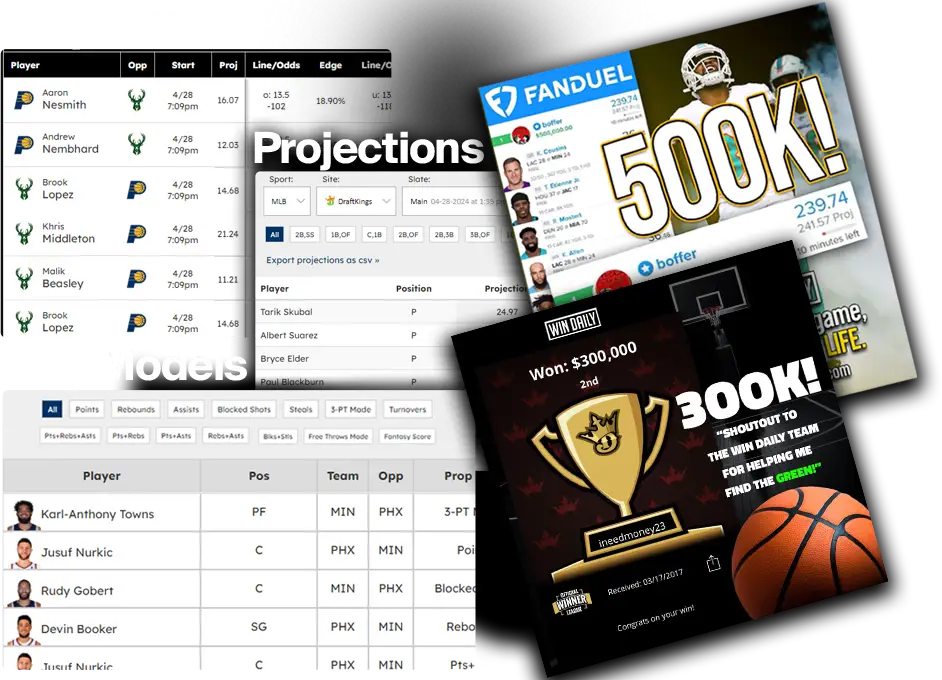Pace and tempo are critical factors in NFL games that can significantly influence betting outcomes. Understanding how teams control the pace and tempo of a game can provide valuable insights for making informed bets, particularly on totals (over/under) and specific prop bets. Here’s a comprehensive guide on the role of pace and tempo in NFL betting and how to leverage this knowledge to enhance your betting strategy.
Understanding Pace and Tempo
Pace: Refers to the number of plays a team runs per game or per possession. A higher pace means more plays are run, leading to more opportunities for scoring.
Tempo: Relates to the speed at which a team runs its plays, including factors such as time between plays and how quickly they move down the field. Fast-tempo teams tend to snap the ball quickly, reducing the time the defense has to set up.
Why Pace and Tempo Matter in NFL Betting
- Total Points
- Game Flow
- Player Props
- In-Game Adjustments
- Injury Impacts
1. Total Points
Importance: Pace and tempo directly influence the total number of points scored in a game. Fast-paced games with high play volume typically lead to higher scoring, while slow-paced games with fewer plays tend to be lower-scoring.
Example: Betting the over in a game featuring two fast-paced teams that run a high number of plays per game.
2. Game Flow
Importance: Understanding the expected game flow can help predict which team will control the tempo and how it might impact the overall game dynamics.
Example: If one team is known for fast starts and another for strong finishes, this can inform quarter and half-time bets.
3. Player Props
Importance: Pace and tempo affect individual player statistics, making it crucial for betting on player props such as passing yards, rushing attempts, and receptions.
Example: Betting the over on passing attempts for a quarterback in a fast-tempo offense that relies heavily on the passing game.
4. In-Game Adjustments
Importance: Teams may adjust their pace and tempo based on the game situation, such as playing from behind or protecting a lead, impacting live betting opportunities.
Example: Betting on a team to increase its play volume in the second half if they are trailing and need to catch up.
5. Injury Impacts
Importance: Injuries to key players can affect a team’s ability to maintain their usual pace and tempo, influencing game outcomes and betting strategies.
Example: Adjusting bets if a key offensive player is injured, potentially slowing down the team’s pace and reducing scoring opportunities.
Practical Steps for Using Pace and Tempo in NFL Betting
- Analyze Team Pace Statistics
- Evaluate Tempo Through Play-Calling
- Consider Game Script
- Monitor Real-Time Information
- Use Advanced Metrics
- Shop for the Best Lines
1. Analyze Team Pace Statistics
Steps:
- Gather Data: Collect data on the number of plays each team runs per game and per possession.
- Compare Teams: Compare the pace of both teams to predict the overall play volume.
Example: If both teams rank in the top five for plays per game, betting the over on total points might be a good strategy.
2. Evaluate Tempo Through Play-Calling
Steps:
- Look at Play-Calling Patterns: Analyze how quickly teams snap the ball and their use of no-huddle offenses.
- Assess Drive Efficiency: Evaluate how efficiently teams move down the field and convert possessions into scoring opportunities.
Example: Betting the over on first-quarter points if both teams are known for fast-tempo play-calling early in games.
3. Consider Game Script
Steps:
- Predict Game Flow: Analyze how the game is likely to unfold based on team strengths and weaknesses.
- Adjust for Situational Factors: Consider how factors like score, time remaining, and field position might influence tempo.
Example: Betting on the second-half points total to be higher if a high-scoring team is expected to play from behind.
4. Monitor Real-Time Information
Steps:
- Stay Updated: Monitor real-time updates during games to see how pace and tempo are affecting play.
- Adjust Live Bets: Be prepared to adjust live bets based on observed tempo changes.
Example: Increasing a live bet on total points if both teams are maintaining a fast tempo and scoring quickly.
5. Use Advanced Metrics
Steps:
- DVOA: Use Defense-adjusted Value Over Average to evaluate overall team efficiency.
- EPA: Consider Expected Points Added to measure the impact of specific plays and players.
- PFF Grades: Evaluate player and unit performance with Pro Football Focus grades.
Example: Using DVOA and EPA to assess the efficiency of fast-paced offenses and predict game outcomes.
6. Shop for the Best Lines
Steps:
- Compare Sportsbooks: Use multiple sportsbooks to find the best odds and lines for bets influenced by pace and tempo.
- Use Comparison Tools: Leverage online tools that compare odds across different platforms.
Example: If one sportsbook offers a lower total points line in a fast-paced matchup, place your bet there for better value.
Betting Scenarios Involving Pace and Tempo
- Betting on Totals: Use pace and tempo to predict whether games will be high or low-scoring and bet the over or under accordingly.
- Quarter and Half-Time Bets: Analyze expected pace and tempo in different segments of the game to inform quarter and half-time bets.
- Player Prop Bets: Consider how pace and tempo will influence individual player stats, such as passing yards, rushing attempts, and receptions.
- Live Betting: Adjust bets in real-time based on observed changes in pace and tempo during the game.
Conclusion
Pace and tempo play a crucial role in NFL betting, influencing total points, game flow, player props, and live betting opportunities. By analyzing team pace statistics, evaluating play-calling patterns, considering game scripts, monitoring real-time information, using advanced metrics, and shopping for the best lines, you can make more informed and strategic bets. Incorporating pace and tempo into your betting strategy can provide a valuable edge and enhance your overall betting experience. Happy betting!






